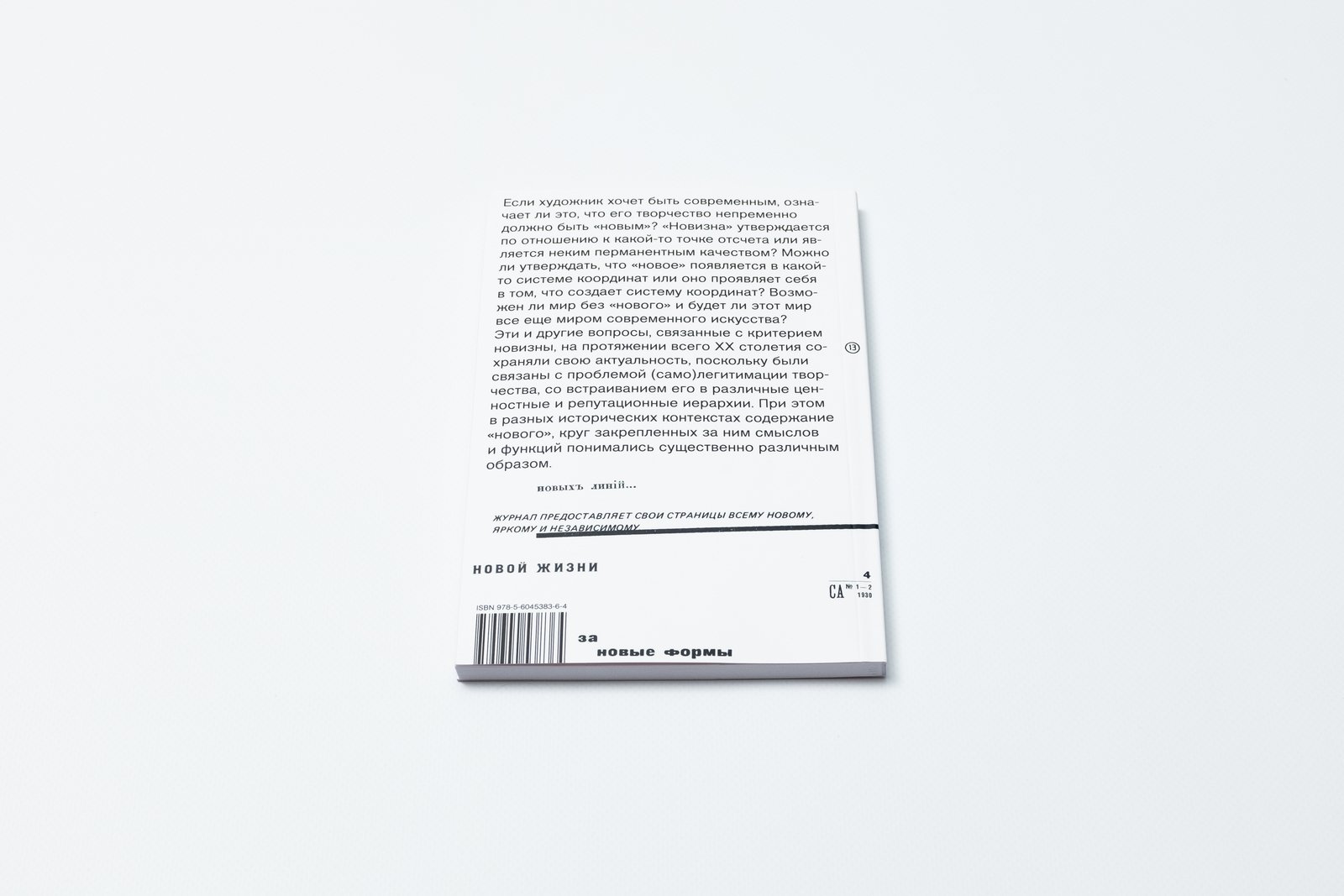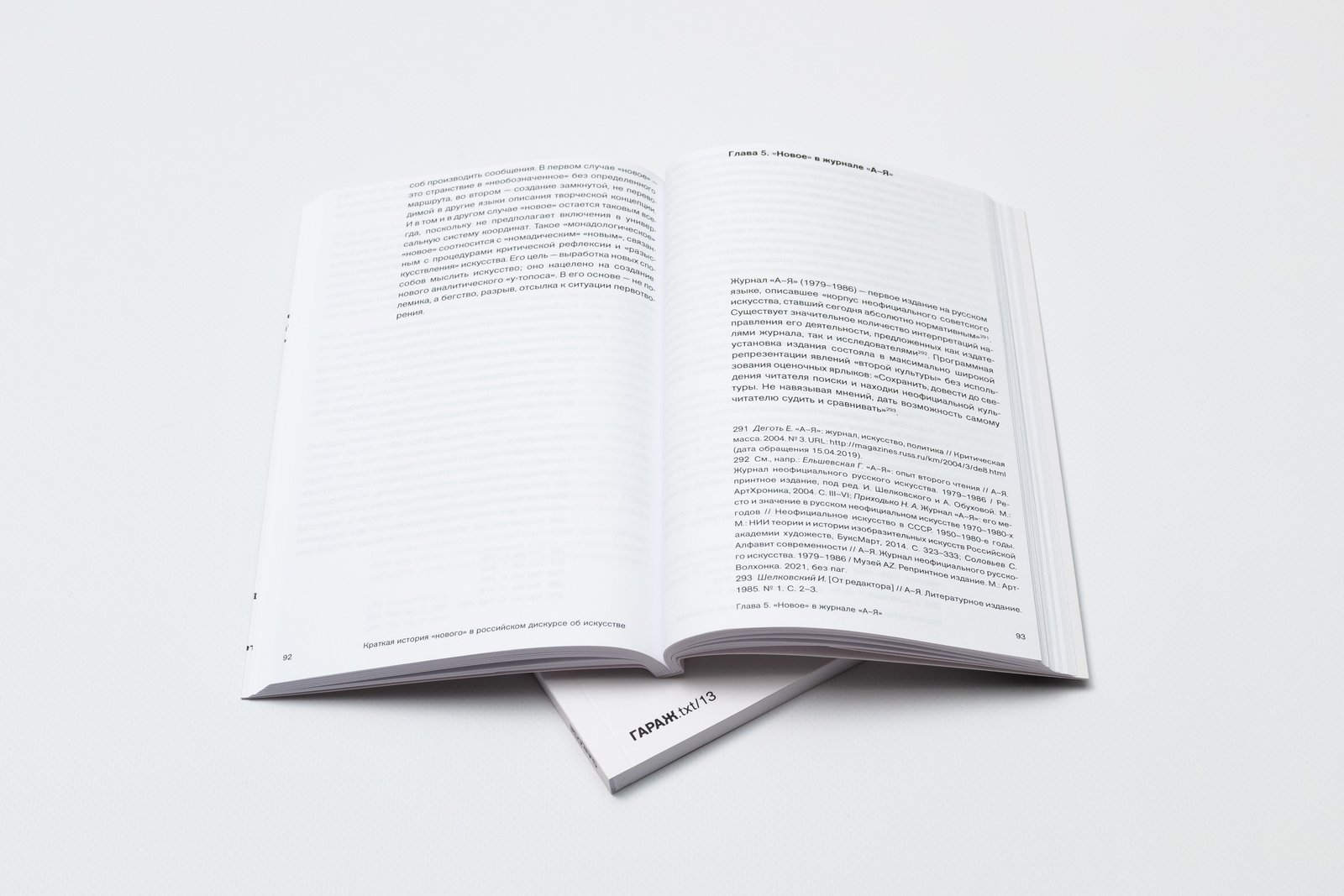If an artist aims to be contemporary, does this mean that their work must necessarily be «new?»
Is «novelty» asserted in relation to some reference point or is it a permanent quality? Can it be argued that the «new» appears within a system of coordinates or does it manifest itself by creating such a system? Is a world without the «new» possible, and will this world still be the world of contemporary art?
These and other issues regarding novelty remained critical throughout the twentieth century, as they were associated with the problem of (self)legitimation of creativity, with its integration into various value and reputational hierarchies. At the same time, the content of the «new» and the range of implications and functions assigned to it were understood in significantly different ways in various historical contexts.







